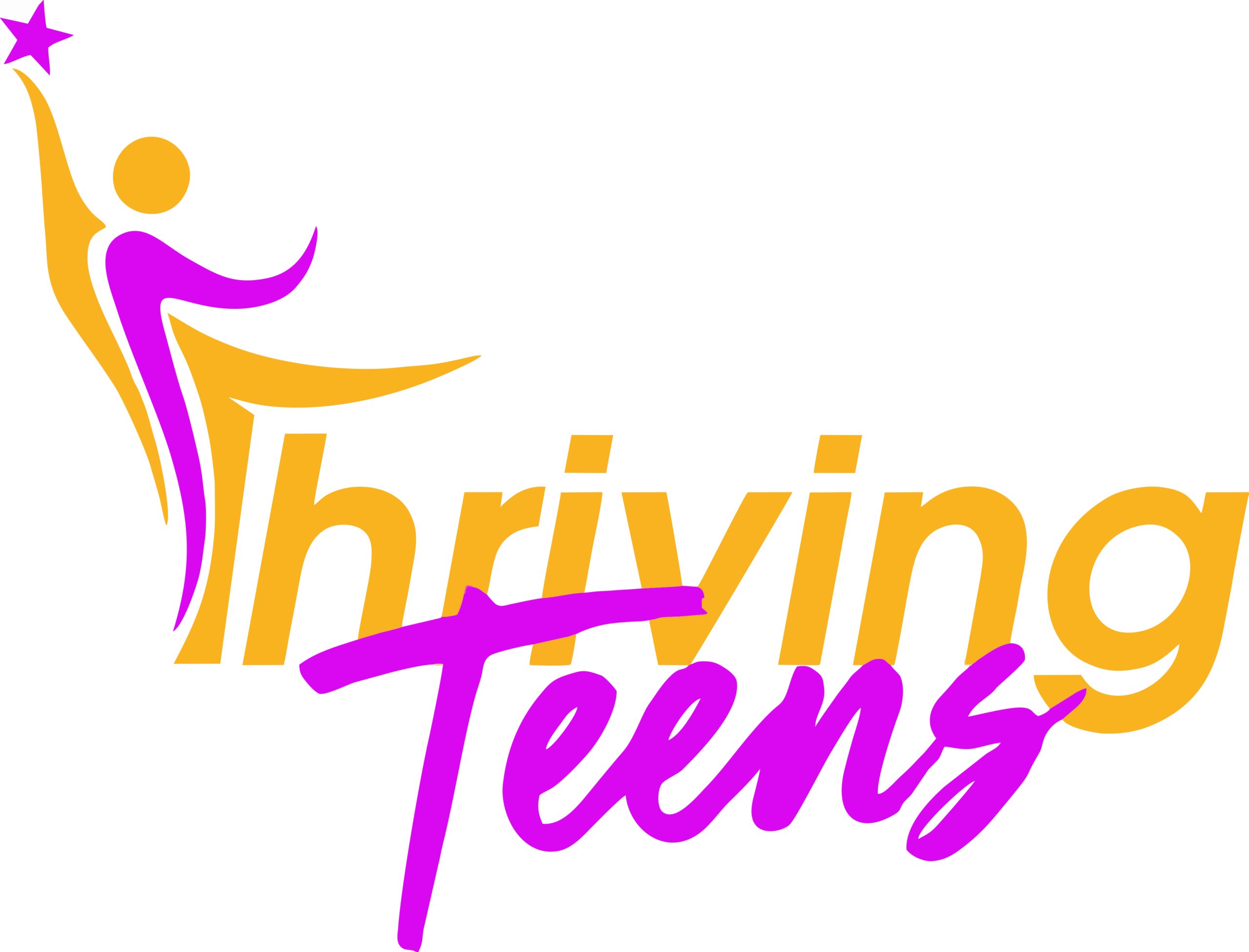Introduction
Hypertension in children is defined as a blood pressure that is at or above the 95th percentile for children who are the same sex, age and height as the child. Normal blood pressure changes as the child grows. In teenagers, however, blood pressure is defined the same as adults. A blood pressure reading greater than or equal to 130/80 mmHg.
For younger children, hypertension will be caused by a specific identifiable medical condition. Older children will have hypertension for the same reasons as adults- lack of exercise, poor nutrition and excess weight.
Symptoms
The sign and symptoms of hypertension would include headaches, seizures, chest pains, vomiting, fast pounding or fluttering heartbeat and shortness of breath. For most children and teens however, there will be no symptoms.
Causes
In younger children the causes of hypertension will be related to a medical condition such as heart defects, kidney disease, genetic conditions or hormonal disorders.
For older children, the cause will most likely be related to being overweight.
Risk factors
Primary (essential) hypertension occurs on its own, especially in children older than six years. Risk factors for these include having obesity, high cholesterol, type 2 diabetes, eating too much salt, having a family history of blood pressure, being black, being male, being sedentary and smoking or being exposed to second hand smoke.
Secondary hypertension is caused by another condition. It is more common in younger children. Other causes include chronic kidney disease, heart problems such as narrowing of the aorta, adrenal disorders, overactive thyroid, sleep disorders like obstructive sleep apnea, cocaine, methamphetamine and similar drugs and decongestants, caffeine, steroids and NSAIDs.
Complications
Unless treatment is instituted, you are at risk from experiencing a stroke, heart attacks, heart failure and kidney disease.


